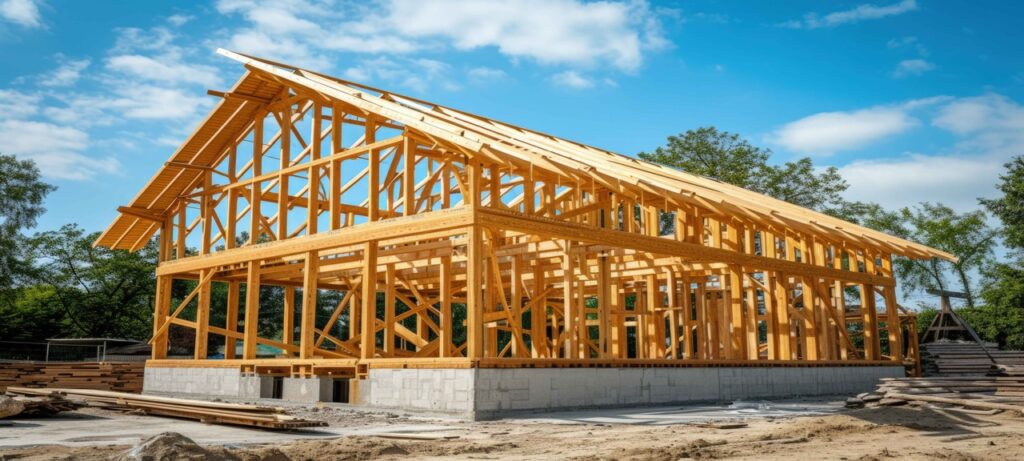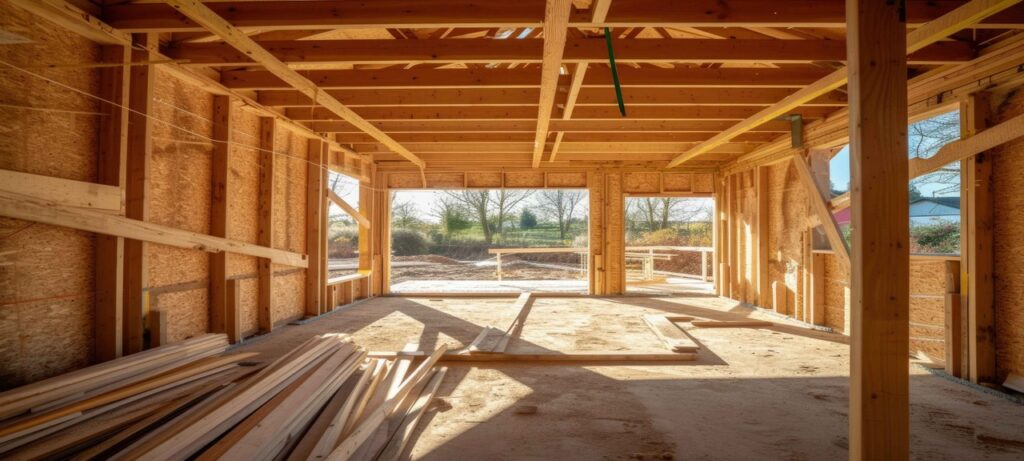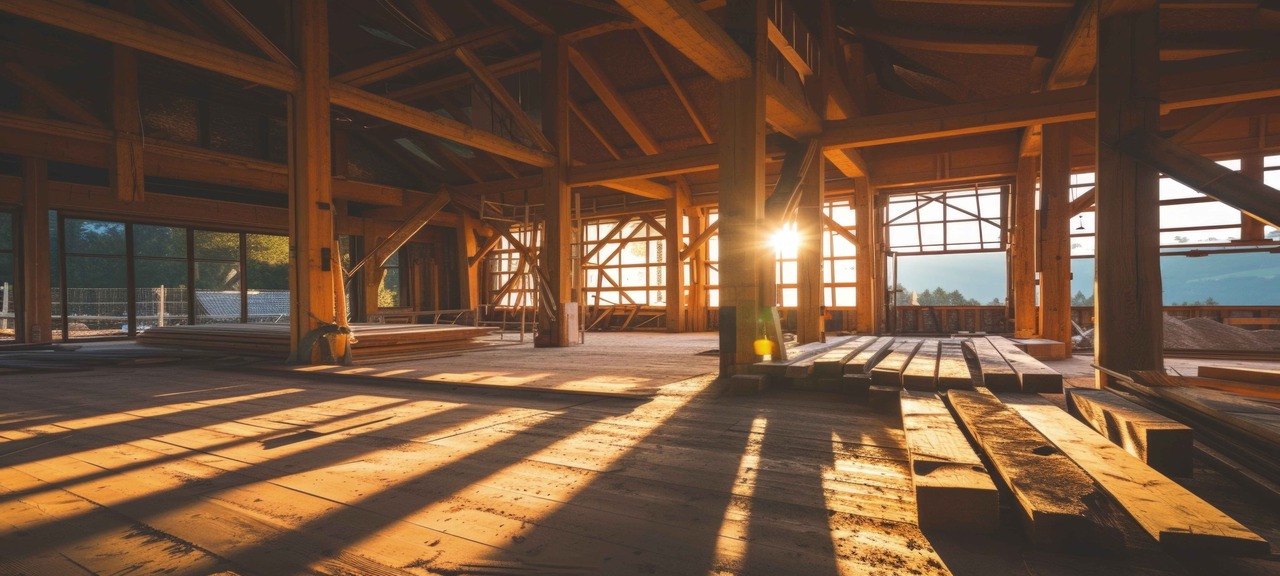Rough framing forms the backbone of any construction project. It creates the structural framework that supports the entire building, including walls, floors, and roofs. Mastering rough framing ensures accuracy, strength, and durability in construction. This guide covers essential techniques, tools, and materials that every beginner needs to know. Whether you’re planning a DIY project or pursuing a career in construction, understanding rough framing helps you build with confidence and precision.
What is Rough Framing
Rough framing is the process of creating a building’s basic structure. It involves assembling the skeleton, which includes walls, floors, and roofs. This step provides the foundation for the rest of the construction and ensures that everything is properly aligned and supported.
The importance of rough framing lies in its role in defining the overall shape and strength of a building. It serves as the backbone, supporting the final finishes such as drywall, flooring, and roofing materials.
Key Components of Rough Framing
The key components of Rough Framing include:
- Wall Frames: These support the vertical structure and house openings like doors and windows.
- Floor Joists: They provide a sturdy base for the flooring.
- Roof Trusses: These support the roof and help distribute weight evenly.
- Beams and Columns: They bear loads and offer structural stability.
Tools and Materials Needed for Rough Framing
Having the right tools and materials is crucial to carry out rough framing effectively.
Essential Tools for Rough Framing
The essential tools for rough framing include:
- Measuring Tape: Ensures accurate dimensions.
- Framing Hammer: Used to drive nails securely.
- Circular Saw: Cuts wood to precise sizes.
- Speed Square: Helps with accurate angle measurements.
- Chalk Line: Marks straight lines for guidance.
- Level: Ensures everything is perfectly aligned.

Common Materials Used
Here are the some common Materials used for Rough Framing
- Lumber: The primary framing material.
- Nails and Screws: Hold the structure together.
- Plywood: Provides sheathing for added strength.
- Metal Connectors: Reinforce joints and connections.
Safety Equipment to Consider
Here are the Equipment to consider for Rough Framing
- Gloves: Protect hands from splinters and cuts.
- Safety Glasses: Shield eyes from debris.
- Hard Hat: Provides head protection.
- Work Boots: Ensure foot safety on-site.
Steps to Follow in Rough Framing
Proper planning and execution are necessary for successful rough framing. Below are the essential steps to follow:
1. Planning and Measuring
Before starting, create a blueprint or design plan. Measure the site and materials carefully to ensure precision.
2. Marking and Layout
Use a chalk line and speed square to mark where the framing elements will go. This helps maintain alignment and accuracy.
3. Assembling the Frame
Start by constructing the floor, followed by walls, and then the roof. Secure each part with nails and screws.
4. Inspecting the Work
After assembly, check the frame for stability and alignment. Ensure everything is level and secure before proceeding to the next stage.
Common Mistakes to Avoid in Rough Framing
Avoiding errors during rough framing is key to a strong structure. Here are common mistakes to watch out for:
- Incorrect Measurements: Even minor mistakes can lead to misaligned structures.
- Ignoring Load-Bearing Factors: Not considering weight distribution can weaken the frame.
- Using Low-Quality Materials: Cheap materials may compromise the structure’s durability.
- Skipping Inspections: Regular checks help catch mistakes early.

Rough Framing vs. Finish Framing
Both rough and finish framing play essential roles in construction. Understanding their differences helps in planning better.
Key Differences
- Purpose: Rough framing creates the structure, while finished framing focuses on aesthetics.
- Materials: Rough framing uses basic materials like lumber, while finish framing includes decorative elements.
- Precision: Finish framing requires higher accuracy compared to rough framing.
When to Use Rough Framing
Rough framing is done at the beginning of construction to establish the building’s structure before adding interior finishes. While rough framing provides strength and support, finish framing enhances appearance and usability.
Tips for Successful Rough Framing
To achieve the best results in rough framing, follow these useful tips:
- Double-Check Measurements: Precision is key to a stable structure.
- Follow Building Codes: Ensure compliance with safety regulations.
- Use Quality Materials: Invest in durable and reliable materials.
- Work Efficiently: Plan your steps to save time and effort.
- Seek Professional Advice: Consult experts when in doubt.
Conclusion
Rough framing is a crucial step in construction that lays the foundation for the entire building. With the right tools, materials, and techniques, you can create a strong and reliable structure. Avoiding common mistakes and following best practices ensures a smooth framing process. Whether you’re a beginner or a seasoned builder, mastering rough framing is essential for successful construction projects.

